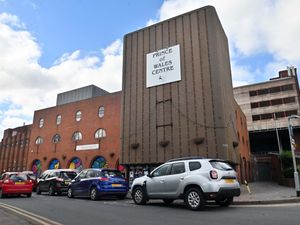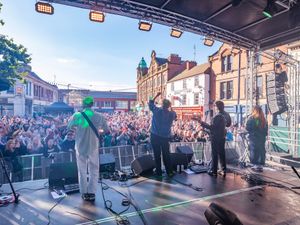Story of king’s daring escape and role of ‘royal oak’ told in new book
With its mix of daring, danger, and disguise, the escape of King Charles II with the help of sympathetic Salopians is one of the most compelling adventures from history.

And now it is told in a new book by historian Martyn Beardsley which recreates Charles' flight after his defeat at the Battle of Worcester in 1651 in an epic journey which took him into hiding in Shropshire and at Moseley Old Hall, Wolverhampton, before he was able to make his way to the south coast and on to France.
"I haven't been afraid to incorporate stories from local tradition where they seemed to fit in with the known 'facts' as related by those who were directly or indirectly involved in the escape," says Beardsley.
However he says he is very much against "fictional non-fiction" where authors imagine what historical figures are thinking, facial expressions, and body language, in an attempt to give a factual account a more novelistic feel.
"The king was the subject of a genuine manhunt in unfamiliar territory, many miles from any sort of safety, reliant on outside help yet never being completely sure who could be trusted.

"What doesn't always come across in the historical accounts is that capture and almost certain death were an ever-present spectre hanging over the king and those aiding him at all times.
"An SOE agent trying to get out of occupied France during the Second World War might not be a bad analogy."
In the crucial first few days on the run, Charles was given refuge by the Penderel brothers at Boscobel House, on the Shropshire-Staffordshire border, and it was while there that the most famous episode of all took place, when he hid from prowling Roundheads in the boughs of an oak tree.
After years in exile abroad Charles was triumphantly restored to the throne, and Boscobel and the "royal oak" became popular tourist attractions even in his lifetime.
"For that very reason the tree itself did not fare as well as the man it had protected," says Beardsley.

People flocked to it from miles around and cut pieces off as souvenirs, and the tree died.
By 1713 it was recorded that it had been almost cut away, but that a sapling from one of its acorns was growing beside it.
"We don't hear of it again for nearly 200 years, when a traveller was told by locals that the remaining stump and roots had been dug up 'many years ago.'
"The 'new' Royal Oak can still be seen today, since it and Boscobel House are owned by English Heritage."
"Charles II and his Escape into Exile" is published by Pen & Sword and costs £19.99.





